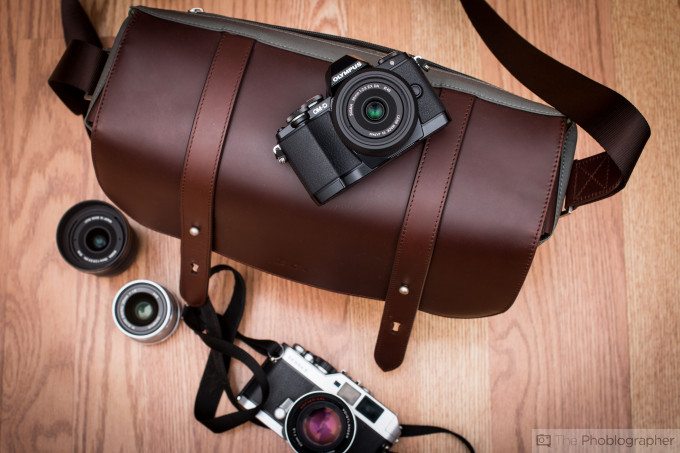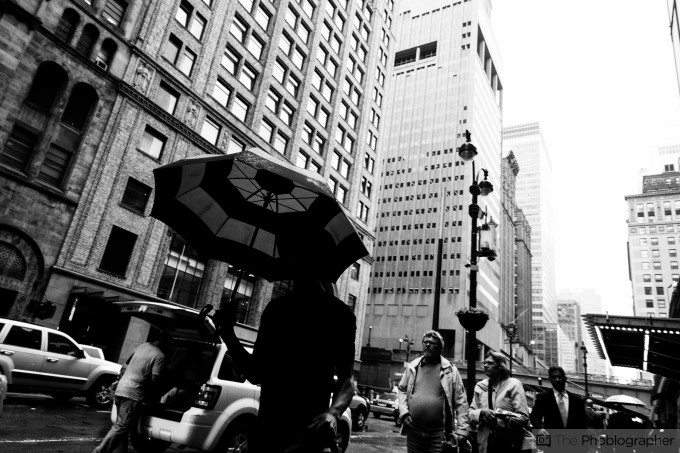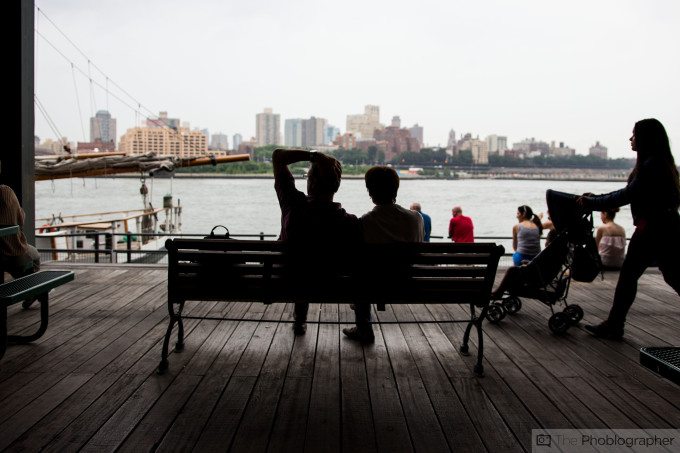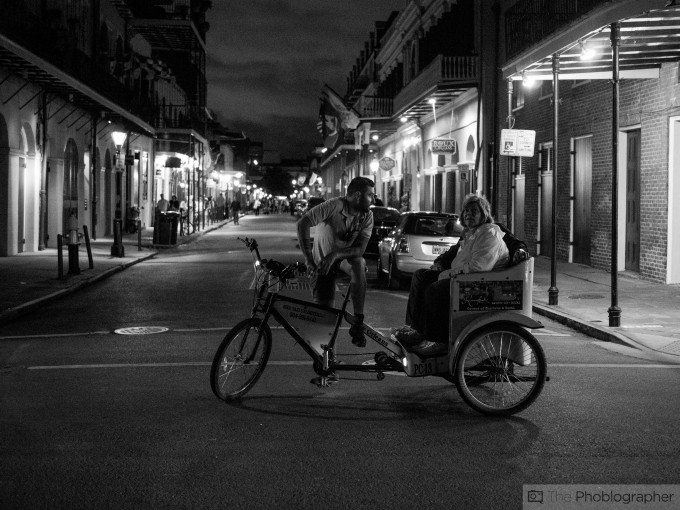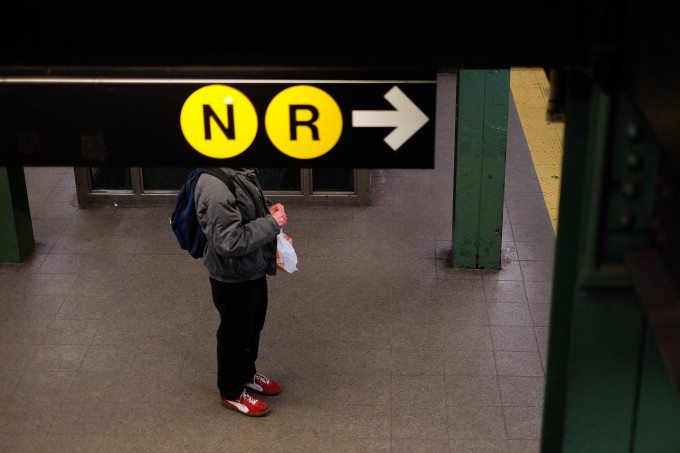We’re going to let you in on a fact of life: no matter what you’re doing, you need to get the shot. No one will sit there and give you the benefit of the doubt that maybe you were nervous; they want you to work to get what you needed to accomplish. And in street photography, you always saying that you’re too shy to capture a moment or get close to a subject will mean that in the end you’re probably not going to produce an image that works. Of course, there are exceptions, but it’s also a generally accepted notion that shooting wide is one of the best options that you can do when shooting the streets.
And even if you’re just getting into the medium, it’s always best to start wide.
It Makes You Realize That All You’re Doing is Taking a Picture
True fact: when you take a picture of someone you are not in any way, shape or form doing some sort of harm to them. When you’re in public, you’re also not invading their privacy. All that you’re doing is taking their picture. It’s completely harmless. If someone is angered at you for doing it, so what? Is it going to haunt you for the rest of your life? Are you going to sit there in bed in 10 years and say to yourself, “Man, I really wish I didn’t shoot a photo of that person on Main St.?”
Of course you’re not. And to be a street photographer, you have to understand that you’re taking the smallest and most simple risk. In fact, we wouldn’t even call it a risk.
When you shoot wide, you’ll need to get close to your subject and realize that this is all that you’re doing. But we’ll get more into this later on.
It Puts the Viewer in the Center of the Action
When you shoot wide, you often bring a very vast scene to the viewer who immediately gets sucked in. In contrast, when you shoot telephoto, you have a bigger chance to single out a subject in a scene via depth of field and bokeh. But when it comes to shooting wide, you’ll need to separate that subject through use of composition since an entire scene is being shown off.
And overall, this is a better exercise as a photographer.
It Forces You to Get Close
In order to get what you usually want to capture in your final scene, chances are that you’re going to have to get close up and personal to your subject. Oftentimes, this means within a few feet. The longest focal length equivalent you should be using is 50mm; and in general 28mm or 35mm can be ideal. These lenses can put your viewer mostly in the experience and more or less mimic what the human eye sees. So all you’ll need to do is put the camera to your eye and shoot–then what you see is what you get.
More is in Focus at a Given Aperture
Due to the nature and way that wide angle lenses are made, more of a scene will be in focus at a given aperture. That means that at f1.4, you’re bound to have more of someone’s face in focus at the same distance as when you’re shooting with a telephoto lens. Because of this, your light gathering abilities will be better and you can shoot at a wider aperture and a faster shutter speed to capture faster moving action.
Again though, you’ll need to try to get close.


